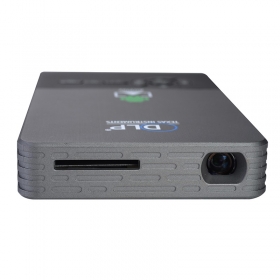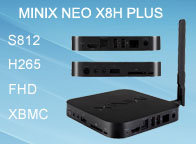How do I choose a portable projector?

How do I choose a portable projector?
At present the market mainstream portable projector mainly uses two kinds of technology, one is from the Japanese Epson LCD liquid crystal projection technology, the other is the United States TI DLP technology.
Because these two technologies have their own advantages and disadvantages, so now they occupy the corresponding market share. But because the use of the core technology is different, so the selection of the standard is not the same, today we focus on the LCD projector to introduce the skills and precautions.
1. The size and quantity of liquid crystal
At present, the LCD projector is mainly divided into monolithic projector and three-piece projector. The size of the LCD panel determines the size of the projector. The smaller the liquid crystal, the smaller the projector's optical system can be, making the projector smaller.
General monolithic optical path is simple, can be used in larger liquid crystal, three-chip projector with small size LCD (1.32 inches), portable three-piece projector often used 0.9 or 0.7 inch LCD chip. Pixel is the basic unit of the composition of the image, the more pixels, the more delicate the image. Pixels = Number of liquid crystals per piece of liquid crystal.
2. Output resolution
Output resolution refers to the projector cast image resolution, or called the physical resolution, the actual resolution, that is, LCD LCD panel resolution. In the LCD LCD panel through the grid to divide the liquid crystal, a liquid crystal is a pixel.
Then, when the output resolution is 800 × 600, that is, in the horizontal direction of the liquid crystal divided 800 pixels, vertical division of 600 pixels. The higher the physical resolution, the greater the range of receivable resolutions, and the wider the range of the projector. The physical value of the liquid crystal projector is usually evaluated with physical resolution.
3. Maximum input resolution
The maximum input resolution means that the projector can receive a larger resolution than the physical resolution and cast the signal through the compression algorithm.
(1) early projection of the projector are taken to adopt the algorithm, namely: linear compression technology. But this algorithm has dropped the problem.
(2) The products of each manufacturer have introduced new algorithms for compressing signals.
4. Horizontal scan lines
Horizontal scan lines are also called video scan lines, TV lines. Mainly used to evaluate the quality of video signals. The default value is the case under NTSC. In general, VCD status is 260 lines, LD is 450 lines, DVD is 500 lines. In general, the projector supports up to 700 lines.
5. Brightness
In fact, what we call the projector "brightness" is not the true sense of brightness, but the projector's light output of the total luminous flux.
This is because the brightness of this indicator will be reflected by the screen, the size of the projection screen (the smaller the screen is brighter), can not truly reflect the brightness level of the projector, and the projector's total luminous flux is not affected by external factors , Is basically constant, more realistic, scientifically reflect the brightness level of the projector.
The above is a brief introduction to how the portable projector is selected. For more information on the contents of the portable projector, please pay attention to the official website of kepnixshop.



